Shirataki Noodles are also known as miracle noodles or zero calorie noodles. They're originally from Japan and made from glucomannan, a type of fiber from the root of the konjac plant. They're very filling, yet contain no digestible carbs and are low in calories, making them perfect for those on the keto diet.
Shirataki noodles have gained popularity over the last few years and are now available at most major grocery stores, making them easy to find and substitute in your favorite noodle recipes!
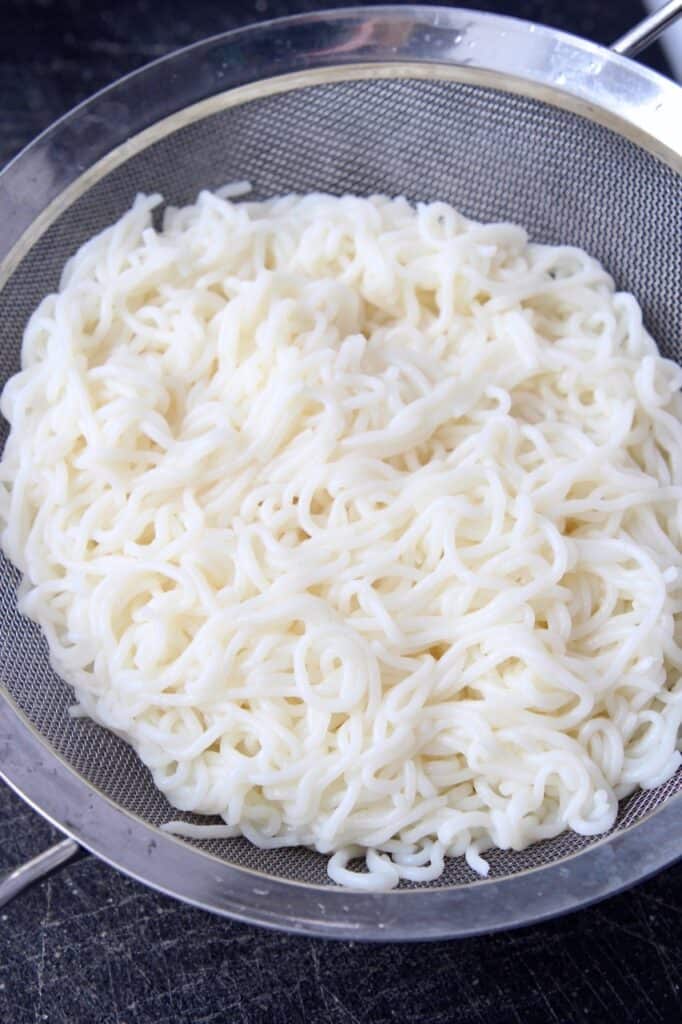
I first came across shirataki noodles when I was looking for a low calorie substitute for noodles. Rice noodles and wheat noodles are both high in carbs and calories, while shirataki noodles contain virtually none of either.
The noodles are made of 97% water and 3% glucomannan fiber. Because glucomannan is a type of soluble fiber, it can absorb water to form a gel, hence how these noodles are made! The noodles move very slowly through your body, which helps you feel full longer.
You'll find both traditional shirataki noodles and tofu shirataki noodles in the refrigerator section of most major grocery stores. They'll be near vegan items, like tofu and tempeh. The noodles range from 0-20 calories per serving, depending on what other ingredients are added to the noodles.
Traditional shirataki noodles contain ZERO NET CARBS, while tofu shirataki noodles contain 6 carbs per serving. Compared to traditional spaghetti noodles which contain 43 carbs per serving, shirataki noodles are a great keto pasta alternative!
Jump to:
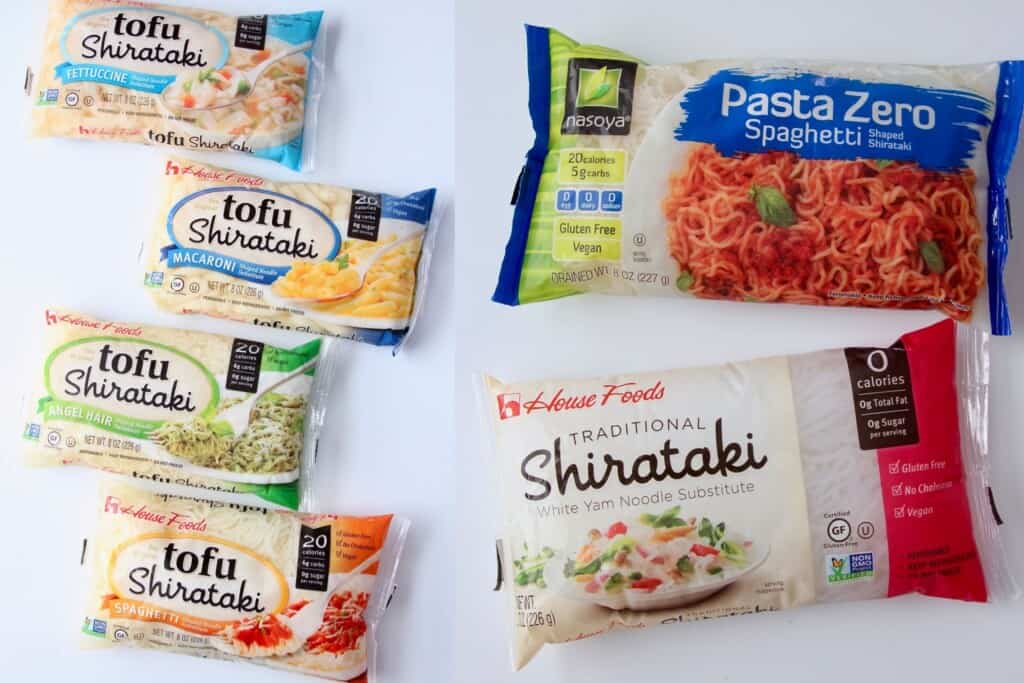
Different types of shirataki noodles
You can find shirataki noodles in their traditional form, which is somewhere in size between an angel hair noodle and spaghetti noodle. You can also find them in the shape of macaroni noodles, angel hair, fettuccine, spaghetti or rice.
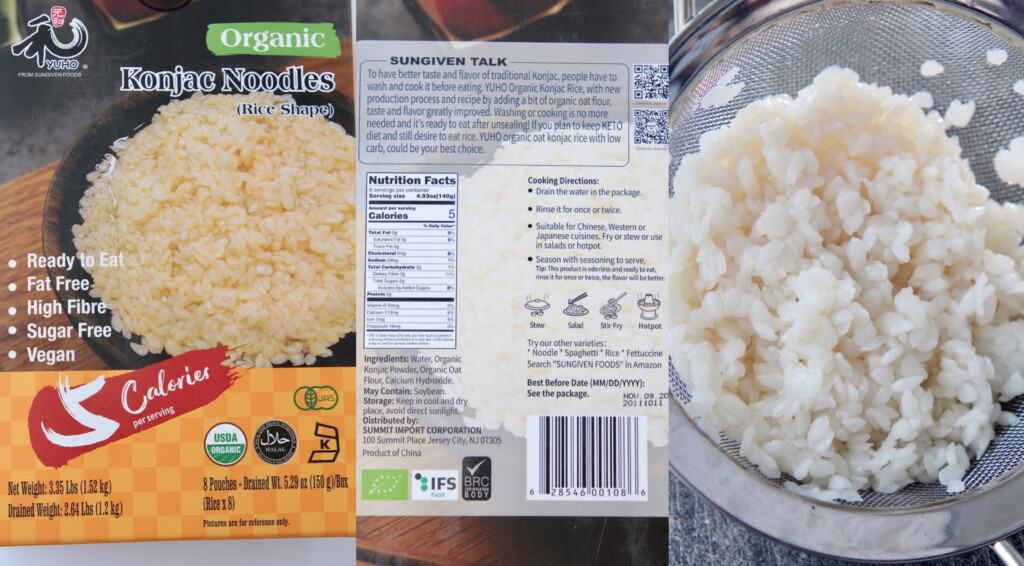
While I have not been able to find Konjac or Shirataki Rice in stores. I was able to order this shelf-stable Konjac Rice on Amazon. It contains 8 pouches of rice, perfect for using as a low-carb base in your favorite bowl recipe.
What do they taste like?
When cooked properly, shirataki noodles have a texture similar to that of a cooked rice noodle or al dente pasta. They have very little flavor, so you'll want to toss them with a sauce, or in a soup that flavors the noodles.
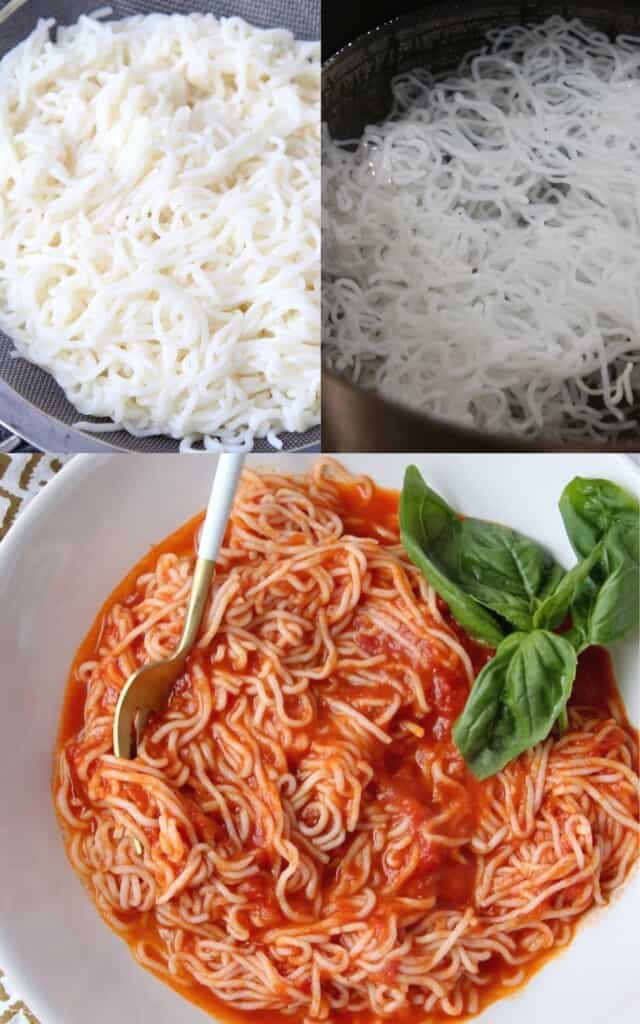
How to cook them
Shirataki noodles have an odd oder when you first remove them from the packaging. This comes from the konjac plant. But don't worry, rinsing and boiling the noodles immediately eliminates the odor.
The noodles need very little time or effort to cook. In fact, you can drain, rinse, cook and eat the noodles in less than 10 minutes with 3 easy steps!
- Rinse the noodles in a fine mesh strainer under cold running water for 1-2 minutes. This will help neutralize the flavor.
- Boil the noodles in a large pot of boiling water for 2-3 minutes.
- Drain the noodles and add them to your favorite noodle dish.
In the image above, I drained the noodles, then tossed them in my homemade Marinara Sauce for an easy, low-carb meal!
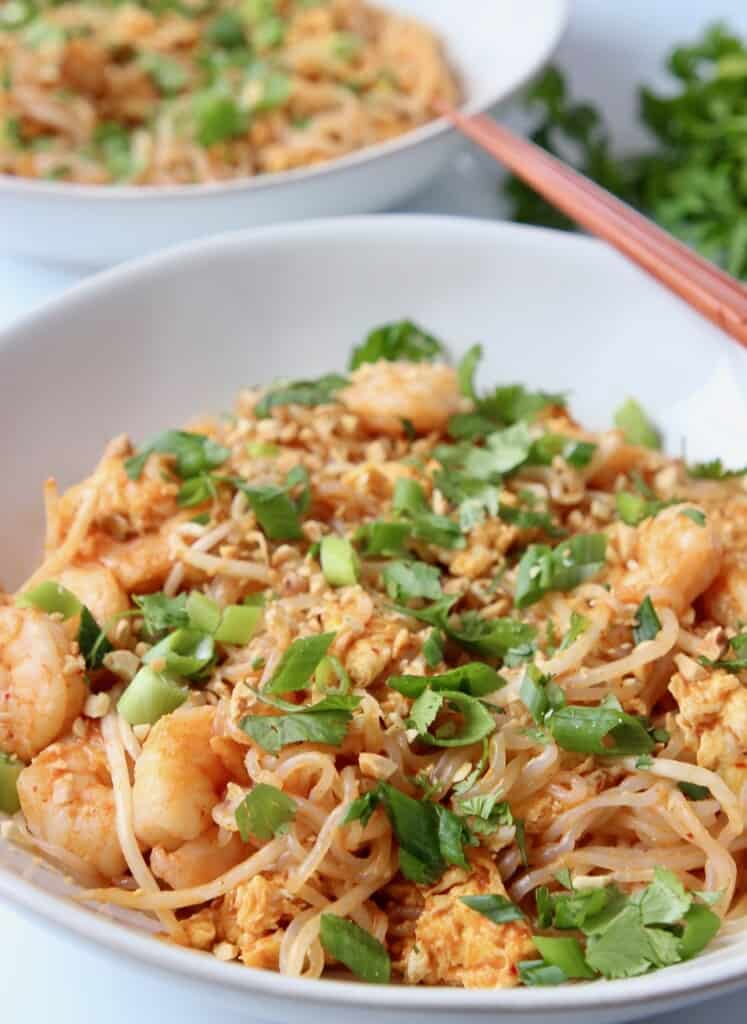
Recipes with the noodles
Pictured above, you'll see my Keto Pad Thai recipe, AKA, my favorite way to use shirataki noodles! But don't just stop there, add the noodles to ramen, stir fry, or in your favorite pasta dish.
Here are a few recipes from around the web to try:
- Shirataki Sesame Noodles from Healthy Recipes Blog
- Vietnamese Shirataki Noodle Salad from I Heart Unami
- Low Carb Shrimp & Caramelized Shallot Pasta from A Full Living
- Chicken Lo Mein with Shirataki Noodles from I Heart Unami
- Shirataki Chicken Noodle Soup from Low Carb Africa
Where to buy them
While I have found the greatest selection of shirataki noodles at my local Japanese grocery store. I've also been able to find both traditional shirataki noodles and tofu shirataki noodles in major grocery stores, like Vons and Sprouts, in my area.
You can also find them at Ralphs, Walmart Supercenters, Whole Foods and other natural food stores. At the time of writing this post, Trader Joe's does not currently sell shirataki noodles.
The noodles are packed in water and refrigerated, therefore you will not find them on the pasta aisle. You will find them in the refrigerated section near the produce, where you'll find other vegan foods, like tofu and tempeh.
You can also purchase Miracle Noodles in a variety of shapes and sizes on Amazon.
The noodles may be labeled yam noodles, konjac noodles, miracle noodles, pasta zero or shirataki pasta.
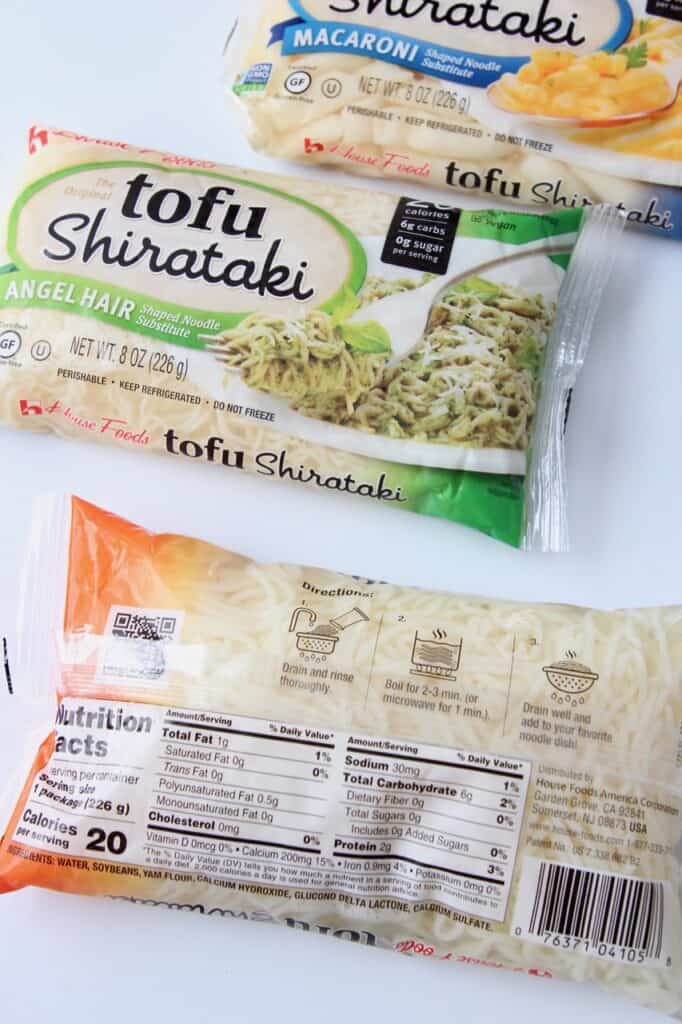
Frequently asked questions
- How many calories are in shirataki noodles? Shirataki noodles vary between 0-20 calories per 8 ounce serving. The difference in the calories comes from other ingredients added to the noodles, like tofu.
- How many carbs are in shirataki noodles? Traditional shirataki noodles contain zero net carbs, as the total number of carbs = the total amount of dietary fiber. Tofu shirataki noodles contain 6 carbs per serving, with no dietary fiber. Check the label before purchasing the noodles, as different brands will add different ingredients that will change the carbs per serving.
- Are they keto? Yes! Even when purchasing the noodles with tofu added, they still contain only 6 carbs per 8 ounce serving. And the traditional shirataki noodles contain zero net carbs, making them keto friendly!
- Are they gluten free? Yes, the noodles are naturally gluten-free.
- Can you eat the noodles raw? While yes, you could eat the noodles raw, I wouldn't recommend it. Rinsing and quickly boiling the noodles removes the odor of the konjac plant and greatly improves the texture of the noodles.
- Are the noodles soy free? If purchasing traditional shirataki noodles, with no tofu added, yes, they are soy-free.
- How long do shirataki noodles last? Be sure to look at the "use by" date printed on the package, but the noodles should last up to 6 months in the refrigerator. Once cooked, the noodles should be used within 3-4 days.
- Can you freeze the noodles? No, because of the high water content in the noodles, they cannot be frozen and defrosted.
Learn about more of our favorite ingredients
Check out this ingredient guide, packed full of information about all of our favorite lesser-known ingredients, like wild rice, harissa and turmeric!


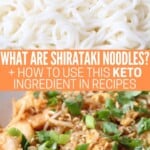
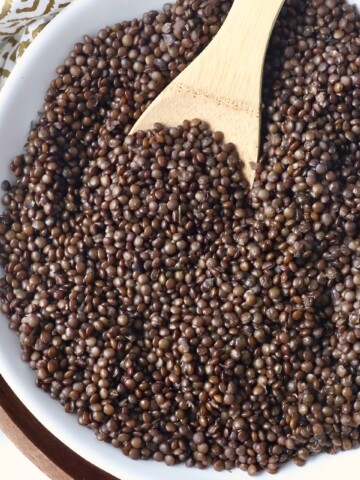
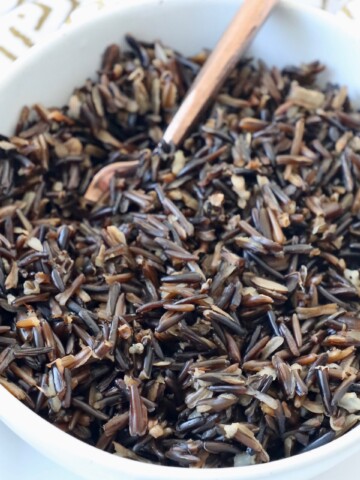
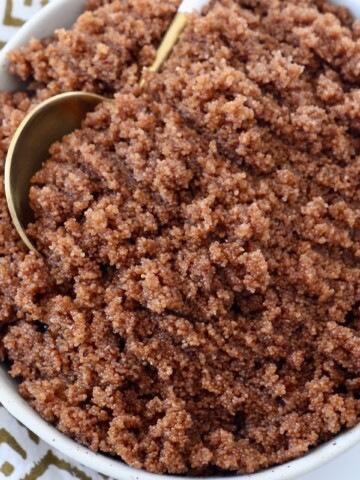
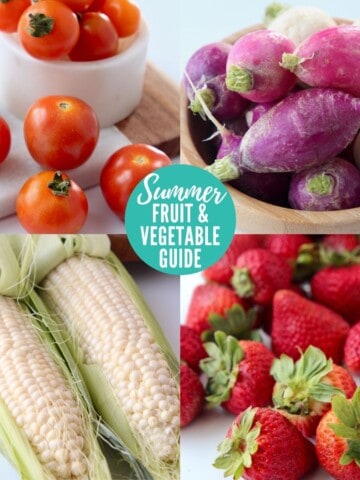
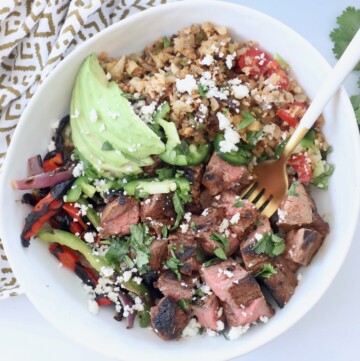
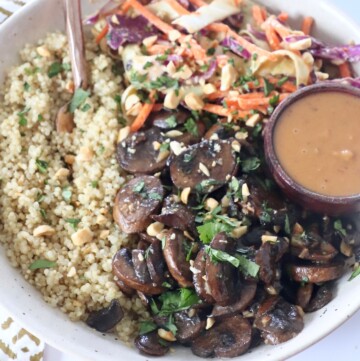
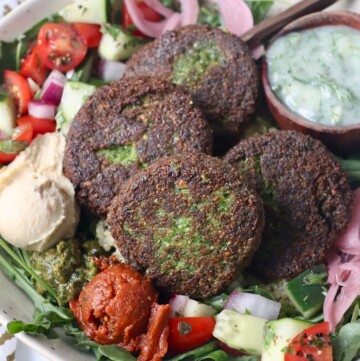
Comment Here!